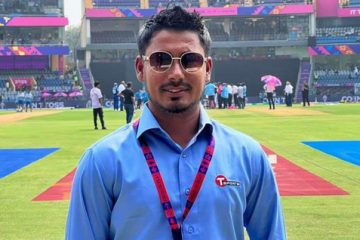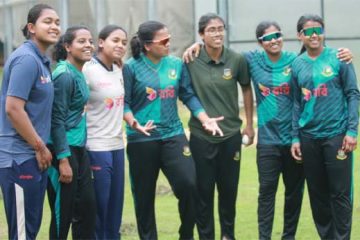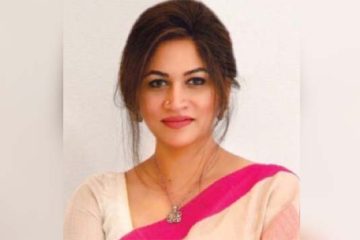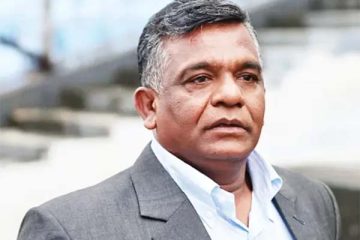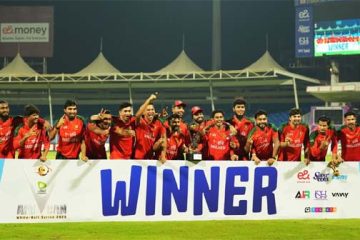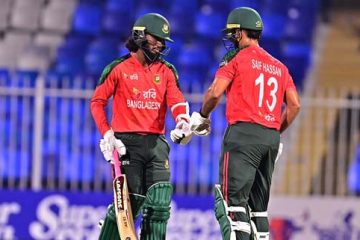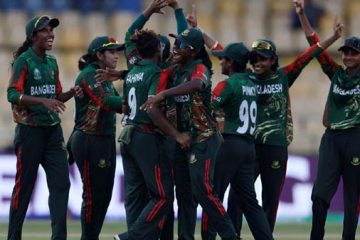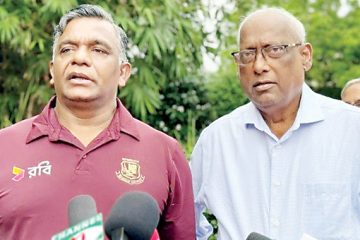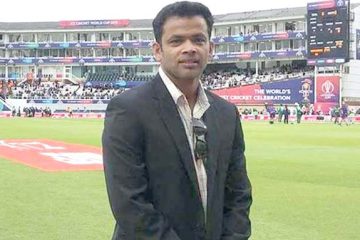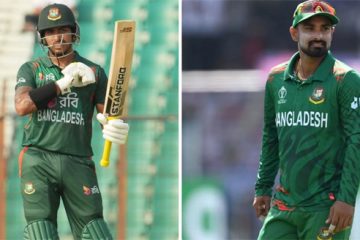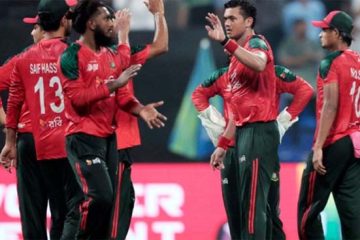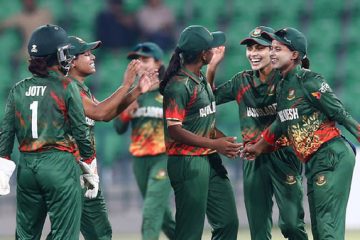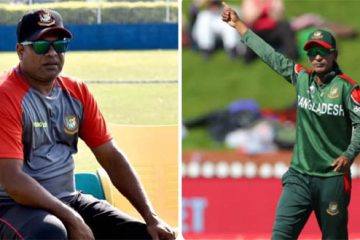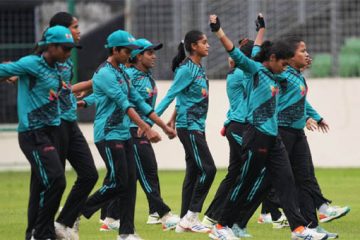Sachin, Lara and others
The 1992 World Cup was the first appearance on the global stage of players who are well-known to today’s generation, and some who have since been idolised and elevated to the status of all-time greats and geniuses.
Two of the greatest names in batsmanship, Brian Charles Lara of West Indies and Sachin Ramesh Tendulkar of India, played their first World Cup in this time. Both showed enough for audiences to sit up and take notice of two phenomenal talents. Lara opened the innings in those days, scoring 333 runs in the tournament to finish fifth on the run-charts, the highlight being a seminal 88 retired hurt against Pakistan in a league game at the MCG against Wasim Akram, Imran Khan, Aaqib Javed and Mushtaq Ahmed. As they closed in on the target Wasim crushed Lara’s toes with a fierce inswinging yorker, leaving him to hobble off the field — head held high.
Tendulkar finished with 283 runs with three fifties including a brilliant 62-ball 54 against arch-rivals Pakistan in Sydney.
Pakistan’s best batsman since Javed Miandad, the burly Inzamam-ul-Haq was an unknown commodity when the Cup started, but he soon let the world know of his ability and big-match temperament with a blazing, match-turning 37-ball 60 against New Zealand in the semifinals. Pakistan also saw the emergence of an excellent young leg-spinner in Mushtaq Ahmed, who served them well in the final by claiming three wickets and speeding England’s demise.
Of course, the world was witness to a new team entering the fray as South Africa, back into international cricket after twenty years of exile due to apartheid, gave the world some stars to celebrate. Allan ‘White Lightning’ Donald was the typical ferocious fast bowler, and then at the peak of his pace as he struck fear in batsmen’s hearts with his thunderbolts. Finishing with 13 wickets, he sat fourth in the tournament’s wickets column. He was matched for brilliance by teammate Jonty Rhodes, who revolutionised modern fielding and proved that a player could make invaluable and, in his case, indispensable contributions to the team cause as a fielder. His airborne demolition of the stumps to send Inzamam packing in their match at Brisbane, is a part of World Cup lore and considered by many to be the best display of athleticism on a cricket field.
Other household names making their Cup debuts were New Zealand’s talismanic all-rounder Chris Cairns, Australia’s future greats Mark Waugh, Mark Taylor and keeper Ian Healy, England’s Alec Stewart and the great West Indian giant of a fast bowler Curtly Ambrose.
As the new came in, the old bowed out. Pakistan said farewell to Imran Khan, who retired after winning the Cup. One of the all-time best fast bowlers, West Indies powerhouse Malcolm Marshall also played his last World Cup. It was also the last for Desmond Haynes. For England, the great Ian Botham, David Gower and Graham Gooch bid the world stage adieu, and it was an end of an era for India as the colossal Kapil Dev played his last Cup.
Among the batsmen, New Zealand great Martin Crowe attained stratospheric heights with 456 runs. Pakistan opener Rameez Raja made the highest score of the tournament, scoring an unbeaten 119 against New Zealand in Christchurch.
Wasim Akram took 18 wickets during the Cup equalling the record set by Roger Binny and Craig McDermott in the previous two editions.
Both claimed a solitary four-wicket haul. The best bowling figures of the Cup belonged to England pacer Meyrick Pringle when he took four wickets for 11 against South Africa in Christchurch.
The top two wicketkeepers were Dave Richardson of South Africa with 15 dismissals, followed by David Williams of West Indies with 14.

